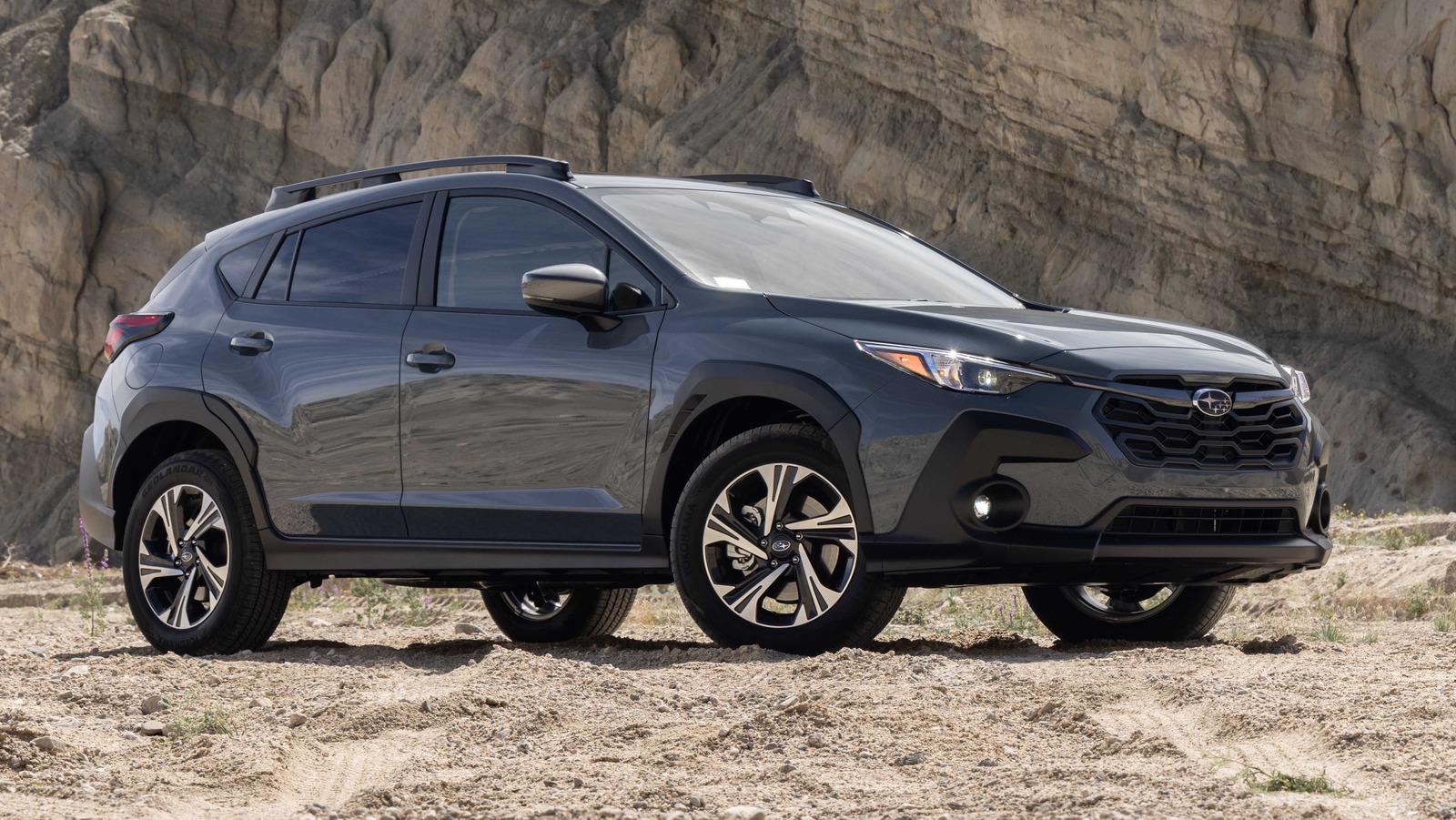
The main differentiator between the Base/Premium and Sport/Limited models is what’s under the hood. The less-expensive versions use a 2.0-liter naturally aspirated flat-4 engine that produces a modest 152 horsepower and 145 pound-feet of torque. The Sport and Limited, meanwhile, will have a 2.5-liter flat-4 with 182 hp and 172 lb-ft of torque. Regardless of engine, every Crosstrek comes standard with a continuously variable transmission — no more manual, womp womp — and, of course, all-wheel drive.
Yes, the 2.0-liter engine’s output is meager, and no, the Crosstrek is not what I’d call quick, but for most drivers in most situations, it’ll be fine. Driving around Palm Springs, California, and meandering through Joshua Tree National Park (highly recommended!), the Crosstrek Premium is unexciting but totally competent. Rather than boost power, Subaru instead worked to reduce overall powertrain vibrations, making the 2.0-liter engine less of a bother. Increased sound insulation quells wind and road noise, too, though it can’t quite shush the coarse sound of the CVT when you floor the throttle to get around a sluggish Prius.
Subaru estimates the 2.0-liter Crosstrek will return 27 miles per gallon in the city, 34 mpg on the highway and 29 mpg combined, which are solid numbers for a compact, all-wheel-drive crossover. There’s no word if Subaru is planning any sort of electrified Crosstrek like it did in years past, but I won’t hold my breath.
For all the latest Gaming News Click Here
For the latest news and updates, follow us on Google News.
